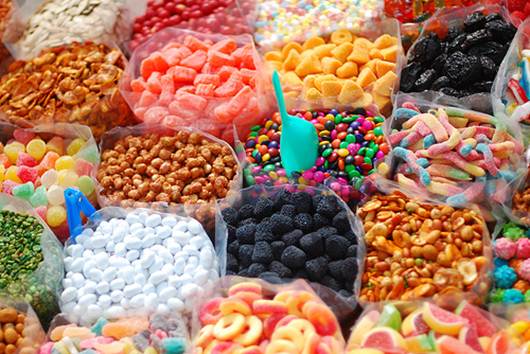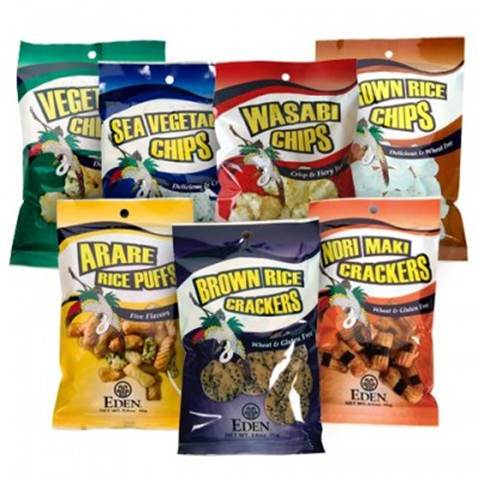Grazing used to be considered a healthy
eating strategy, but research shows that munching your way through the day
might hit you where it hurts: the scale
There was a point in the not-so-distant
past when petrol stations sold petrol, not chips and chocolates. Gyms had water
fountains, not vending machines, and food trucks were parked at carnivals, not
around every corner. A study by the Medical Research Council found that South
Africans’ kilojoule consumption per day increased from 10 868kJ in 1962 to 12
122kJ in 2001 – a scary number that explains SA’s obesity rate, says dietician
and WH weight-loss advisor Charlene Giovanelli-Nicolson. The same study found that
our fat intake has nearly doubled in the same period. And a high percentage of
that fat comes from snacks.
Snack
Healthy-29 Smart Snack Options
“Most people think that purchasing a
convenient snack is quickly and healthy,” says Giovanelli-Nicolson. But those
convenience foods tend to be the ones most laden with fat, sugar and sodium.
Snacks in general have more kilojoules than ever before. No wonder 56 percent
of South African women are considered obese. But aside from being insanely
accessible, why do these between-meal bites have such power? We found out.Snack
psychology
Sure, we eat snacks because they taste
good, but we’re also motivated by our ideas about what they are – and what they
supposedly can do for us.
We think they’re healthy
Around the turn of the millennium, research
began to cite the benefits of eating more frequently (as opposed to sticking to
three main meals). The theory is that regularly stoking your metabolism with
food can actually help you burn more kilojoules. As a result, dieticians began
advocating an eating plan that distributed the total daily kilojoules (around 7
500 for a 60kg woman) among five or six “mini meals” eaten three to four hours
apart. It’s good advice – if you follow it. Unfortunately, too many people
simply added two or three smaller meals (at 1050 to 1250kJ each) to their usual
1650 to 2100kJ breakfasts, lunches and dinners. You get the picture: they ended
up overeating, all in the name of better health.
The hype is hard to resist

Take the “health halo” effect, for example.
By simply labeling foods with healthy-sounding names, manufacturers and
restaurants can get you to eat more, regardless of how nutritious (or not) the
snack may be. Earlier this year, a study in the Journal of Consumer Research
(JCR) found that people, particularly those with a history of dieting, tended
to consume more when a food had a description such as “fruit chews” than when
the identical treat was called “candy chews”. And snack-size packaging – which
supposedly was introduced to help us manage our eating – may only make matters
worse. A different study in the JCR found that dieters inhaled significantly
more kilojoules from mini packs of biscuits than from standard-size ones. When
you finish one bag and still aren’t satisfied (the portions are really small,
after all), you dig in to another – and then another, says lead study author Dr
Maura Scott.
They give us a rush
“Like doing the washing or going to work,
eating meals is often seen as routine and obligatory,” says psychologist Dr
Susan Albers, author of But I Deserve This Chocolate! “Snacks, in contrast,
feel like a gold star for a job well done.” Plus, because they tend to be
sugary, fatty or salty, they trigger the release of dopamine, a
neurotransmitter that elicits feelings of euphoria, much like the feel-good rush
of a triumphant shopping trip or a roll in the hay. Even the best salad, like
it or not, won’t inspire that kind of biological reaction.